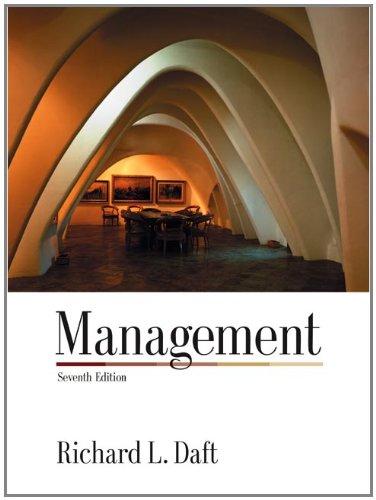Decisions are about making choices between alternative options. In the field of sustainable development, there are a
Question:
Decisions are about making choices between alternative options. In the field of sustainable development, there are a set of reasonably complex decisions that can be seen and seized as opportunities. The complexity comes into these decisions because of the uncertainty of the outcomes and the tradeoffs that they encompass, between short-term and medium-term outcomes, and between the financial and the economic and community bottom lines. Consider the chief executive of a large bank or a mining company. Decisions that would be required include: . . . . . . Should we be proactive with respect to sustainable development, with the bulk of the industry, or lag behind? How much resource should we budget and allocate for environmental and community-related activities? How ambitious should the goals be for sustainable development outcomes? How will we infuse the culture of sustainability into our workforce? How can we best work constructively with stakeholders to empower them and achieve win-win outcomes? How can criteria be set and which activities should be prioritised for moving down the sustainability path? Should the company have a chief sustainability officer, a sustainability office or champion to lead the initiatives, or should another method for implementation and progress be organised? Given competing demands that usually exceed resources, what prioritisation rules and processes will be used? For these chief executives, it is challenging indeed to start with a 'blank page' and create a sustainability strategy, then guide a series of decisions that become the enactment of that strategy. These decisions, in this relatively new field of sustainability, are non-programmed and involve uncertainty and ambiguity. Yet this is no reason to shrink back and make the decision to 'not make a decision or commitment', for with the risk, comes potential for significant competitive advantage.
Step by Step Answer:







